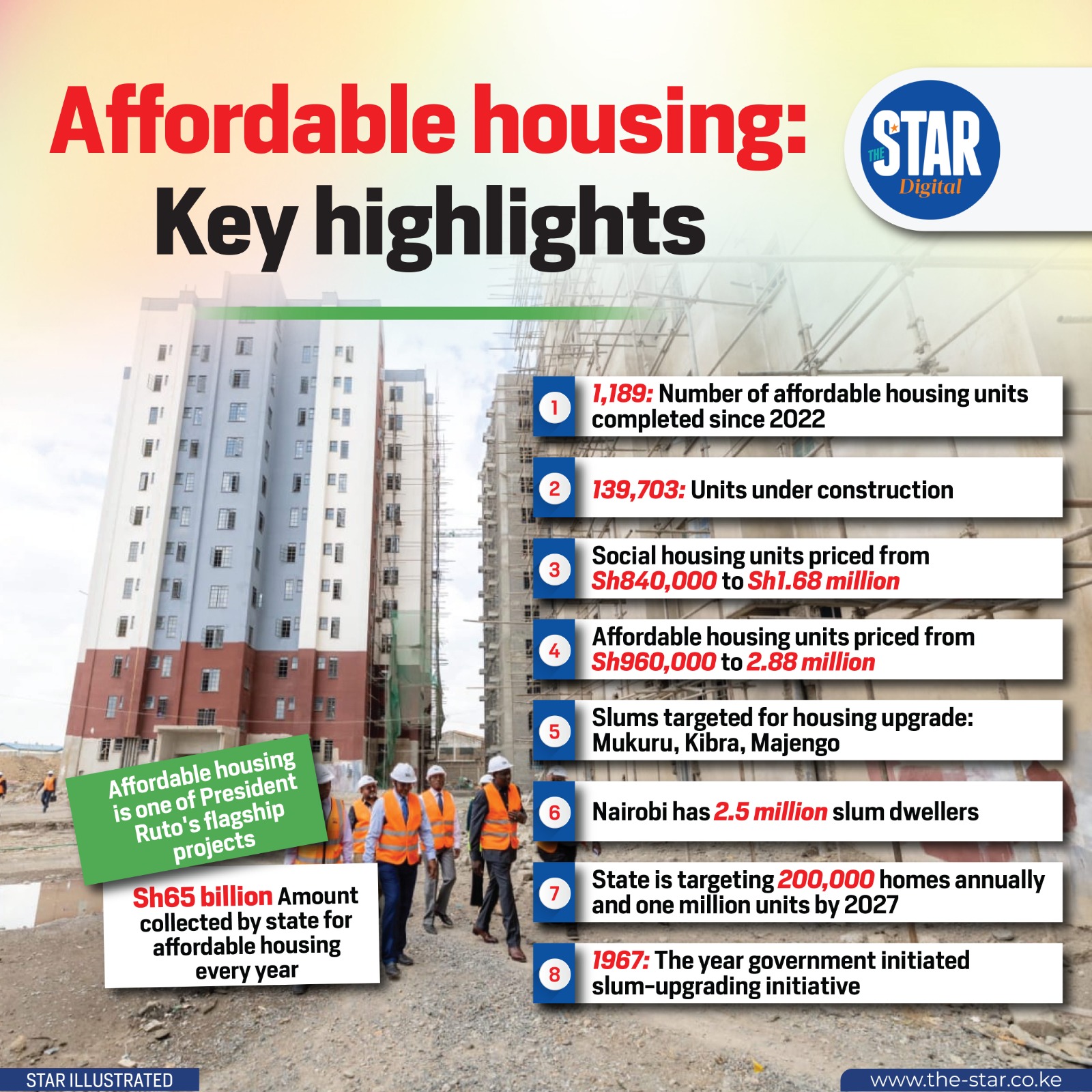For property investors in Kenya looking to generate rental income, a key decision in 2025 is whether to venture into the serviced apartment market or stick with traditional long-term rentals. Each model offers distinct advantages and presents unique challenges. This guide provides a comparative analysis to help investors make an informed choice.
1. Defining Serviced Apartments and Traditional Rentals
Serviced Apartments: Fully furnished apartments available for short-term or extended stays, offering hotel-like amenities (housekeeping, Wi-Fi, utilities included, sometimes concierge/security). Traditional Rentals: Typically unfurnished properties leased for longer periods (6 months, 1 year, or more), with tenants responsible for utilities and furnishing.
2. Target Market and Occupancy
Serviced Apartments: Business travelers, expatriates on short assignments, tourists, individuals relocating or renovating homes. Occupancy can be variable, subject to seasonality and economic conditions. Traditional Rentals: Local residents, families, students seeking stable, long-term housing. Occupancy tends to be more stable once a good tenant is found, but longer void periods between tenancies.
3. Rental Income Potential and Yields
Serviced Apartments: Can command higher nightly/weekly/monthly rates, potentially leading to higher gross yields if occupancy is consistently high. Traditional Rentals: Lower gross rental income per unit of time, but often more predictable net yields due to lower operating costs.
4. Operational Costs and Management Intensity
Serviced Apartments: Significantly higher operating costs (utilities, frequent cleaning, laundry, replenishing supplies, marketing, management fees if outsourced). More intensive management due to frequent guest turnover and service demands. Traditional Rentals: Lower operating costs (landlord typically covers major repairs, service charge for common areas). Less intensive day-to-day management, especially with good tenants.
5. Furnishing and Fit-Out Costs
Serviced Apartments: Substantial upfront investment in quality furniture, appliances, linens, kitchenware, and decor. Ongoing costs for replacement and refurbishment. Traditional Rentals: Minimal fit-out costs, as properties are usually let unfurnished or semi-furnished.
6. Regulatory and Tax Considerations
Serviced Apartments: May be subject to hospitality industry regulations (e.g., TRA licensing), potentially higher utility tariffs, and different tax treatment for income compared to standard residential letting. Traditional Rentals: Governed by standard landlord and tenant laws. Simpler tax structure for rental income.
7. Location Preferences
Serviced Apartments: Prime locations near business districts, embassies, international organizations, airports, and tourist attractions (e.g., Westlands, Kilimani, Upper Hill in Nairobi; Diani at the coast). Traditional Rentals: Wider range of acceptable locations, including residential suburbs and areas near schools and amenities.
8. Risk Profile
Serviced Apartments: Higher risk due to income volatility, reliance on travel/business markets, and higher operational leverage. Potential for damage from frequent guest turnover. Traditional Rentals: Lower risk with more stable income, but risks include problematic tenants, rent defaults, and longer void periods.
Conclusion: Aligning with Investor Goals
The choice between serviced apartments and traditional rentals in Kenya for 2025 depends on the investor's risk appetite, capital availability, management capacity, and financial goals. Serviced apartments can offer higher returns but demand greater investment and operational expertise. Traditional rentals provide more stable, passive income with lower overheads. A thorough market analysis and self-assessment are crucial before committing to either model.




